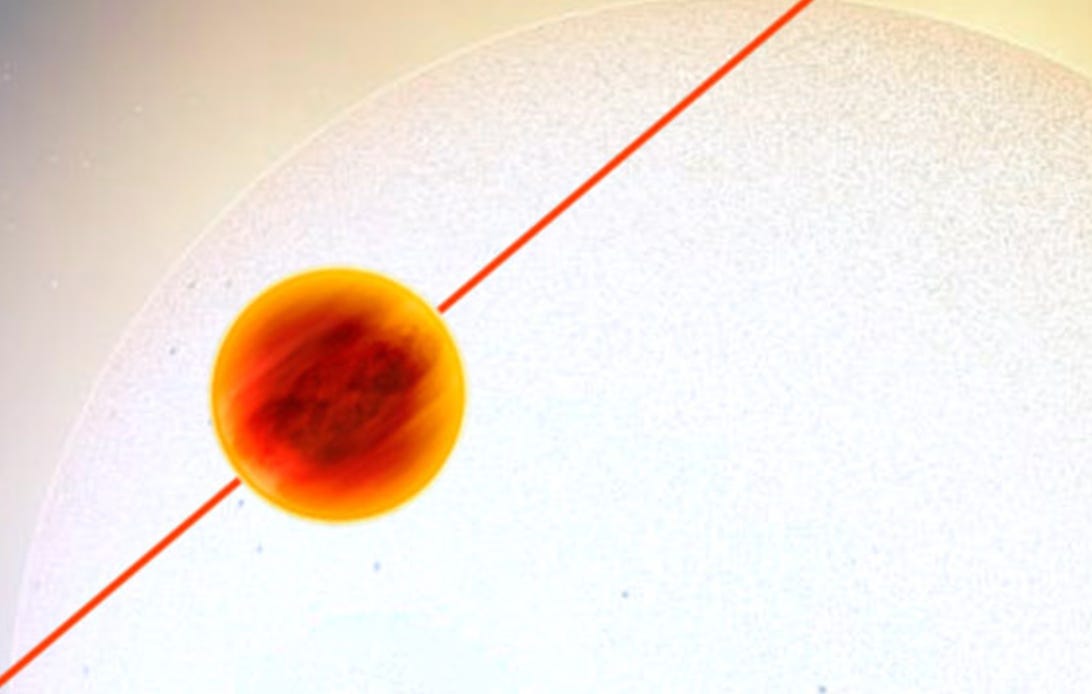
TOI-1431b is one of the hottest planets ever discovered.
University of South Queensland
TOI-1431b, a newly discovered planet located roughly 490 light-years from earth, is big. It’s three times more massive than Jupiter, the largest planet in our solar system.
But that’s not the most interesting part of TOI-1431b, not even close. TOI-1431b is hot. Ridiculously hot.
Discovered by a global team of astronomers, led by astrophysicist Brett Addison from the University of Southern Queensland’s Centre for Astrophysics in Toowoomba, TOI-1431b is so close to its bright star that it has an orbit time of two and a half days. That means its temperature is among the hottest ever discovered.
“These types of exceptionally hot planets, known as ultra-hot Jupiters, are quite rare,” said Addison.
From the lab to your inbox. Get the latest science stories from CNET every week.
“This is a very hellish world — dayside temperature of about 3,000K (approximately 2,700 degrees C) and nightside temperature approaching 2,600K (approximately 2,300 degrees C) – no life could survive in its atmosphere. In fact, the planet’s nightside temperature is the second hottest ever measured!”
TOI-1431b was first spotted by NASA’s Transiting Exoplanet Survey Satellite. Following up, Addison collected data using the Stellar Observation Network Group telescope, located in the Canary Islands, to help confirm the planet’s existence.
“In terms of real world examples for just how hot the planet is,” Addison told CNET, “the planet is hotter than the melting point of most metals and hotter than molten lava. In fact, the dayside temperature of the planet is hotter than 40% of stars in the Milky Way galaxy. The temperature of the planet is approaching that of the exhaust from a rocket engine.”
In addition to its size, uniquely tight orbit and overwhelmingly hot temperatures, TOI-1431b is relatively unique in its orbit. TOI-1431b orbits in retrograde, meaning that it’s tilted to the point where it rotates in the opposite direction to its star.
“The discovery presents a great opportunity,” said Addison, “to study the atmospheres of these planets to understand how they form and migrate.”

